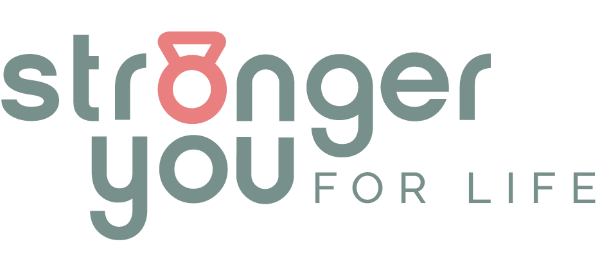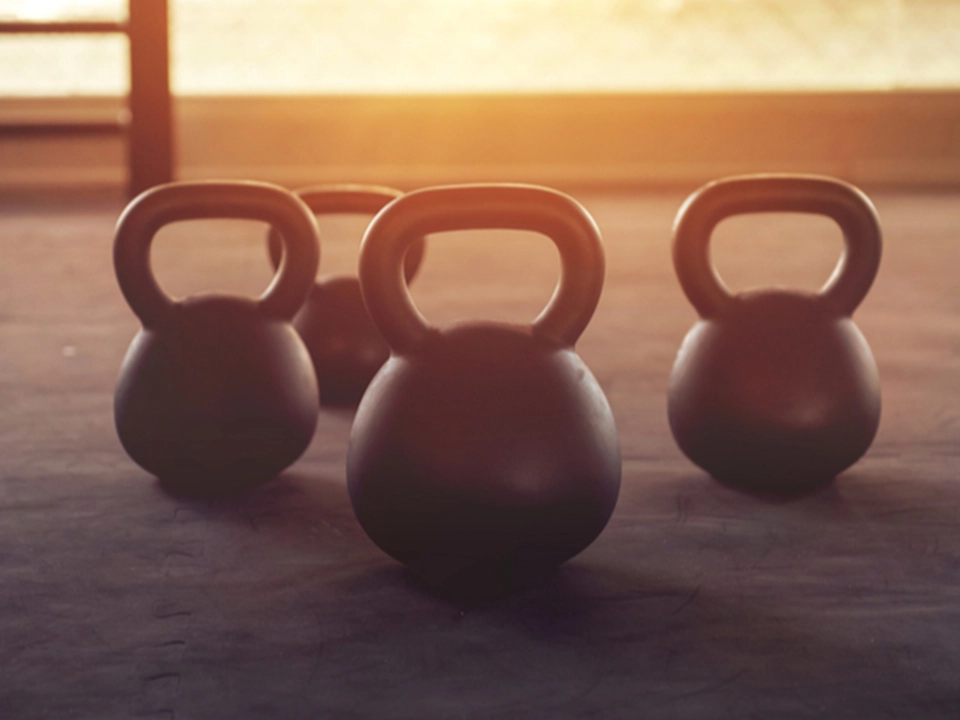Getting fit is a journey, better understanding how your body works can make that journey a lot more effective. Understanding the science behind fat loss and muscle growth, can help you make informed choices about your fitness and nutrition.
Fat loss: The energy equation
Losing fat comes down to a simple principle: creating an energy deficit. This means your body needs to burn more calories than you consume. But the process is more complex than just counting calories.
- Calorie deficit: When you consume fewer calories than your body needs, it taps into stored fat for energy. Fat cells release fatty acids and glycerol, which are then used as fuel.
- Hormonal influence: Hormones play a crucial role. Insulin encourages fat storage, while hormones like adrenaline and cortisol promote fat breakdown (lipolysis).
- Exercise and energy expenditure: Aerobic exercise, like running or swimming, helps your body use stored fat for energy. Resistance training, like lifting weights, builds muscle, which increases your metabolism and helps you burn more calories even at rest.
- Fat burning vs. fat loss: Remember, “fat burning” is the process of using fat for energy, while “fat loss” is the reduction of overall fat stores. A balanced, protein-rich diet is essential for supporting your body during this process.
Muscle growth: Building strength and definition
Building lean muscle involves a different set of biological processes.
- Resistance training and microtrauma: When you lift weights or perform resistance exercises, you create tiny tears in your muscle fibres. Your body repairs these tears, making your muscles stronger and larger (hypertrophy).
- Protein synthesis: After a workout, your body needs protein to repair and rebuild muscle tissue. Consuming protein-rich foods provides the amino acids necessary for this process.
- Progressive overload: To continue building muscle, you need to gradually increase the intensity of your workouts by lifting heavier weights, doing more reps, or increasing the difficulty of exercises.
- Rest and recovery: Muscle growth occurs during rest. Getting enough sleep and allowing your muscles to recover between workouts is crucial.
- Nutrition for muscle growth: A balanced diet with adequate protein, carbohydrates, and healthy fats is essential. A slight calorie surplus may be beneficial for muscle growth, but it should be managed to avoid excessive fat gain.
Balancing fat loss and muscle gain
It’s possible to lose fat and build muscle simultaneously, especially if you’re new to exercise or if you focus on body recomposition.
- Beginner’s advantage: If you’re new to resistance training, your body can experience “newbie gains,” where you build muscle and lose fat at the same time.
- Body recomposition: This involves strategically managing your diet and exercise to lose fat and gain muscle. It requires a balanced approach to training, nutrition, and recovery.
- Nutrient timing: Consuming protein before and after workouts can optimize muscle repair and growth.
- Consistency: Both fat loss and muscle gain require patience and consistent effort.
Key takeaways
- Fat loss is achieved through a calorie deficit and hormonal regulation.
- Muscle growth relies on resistance training, protein synthesis, and proper recovery.
- Balancing these goals requires a thoughtful approach to diet and exercise.
- Consistency and patience are essential for long-term success.

